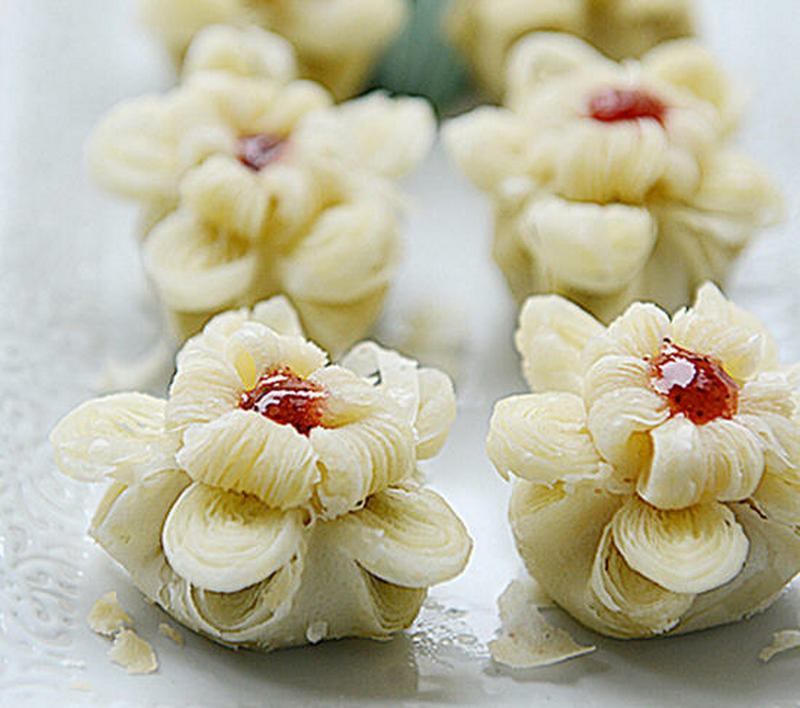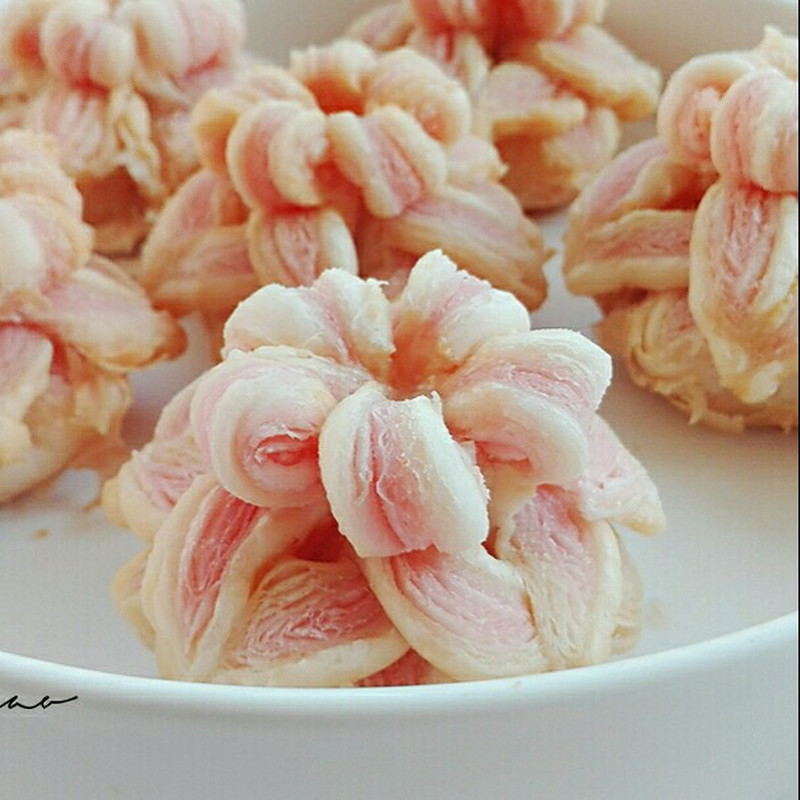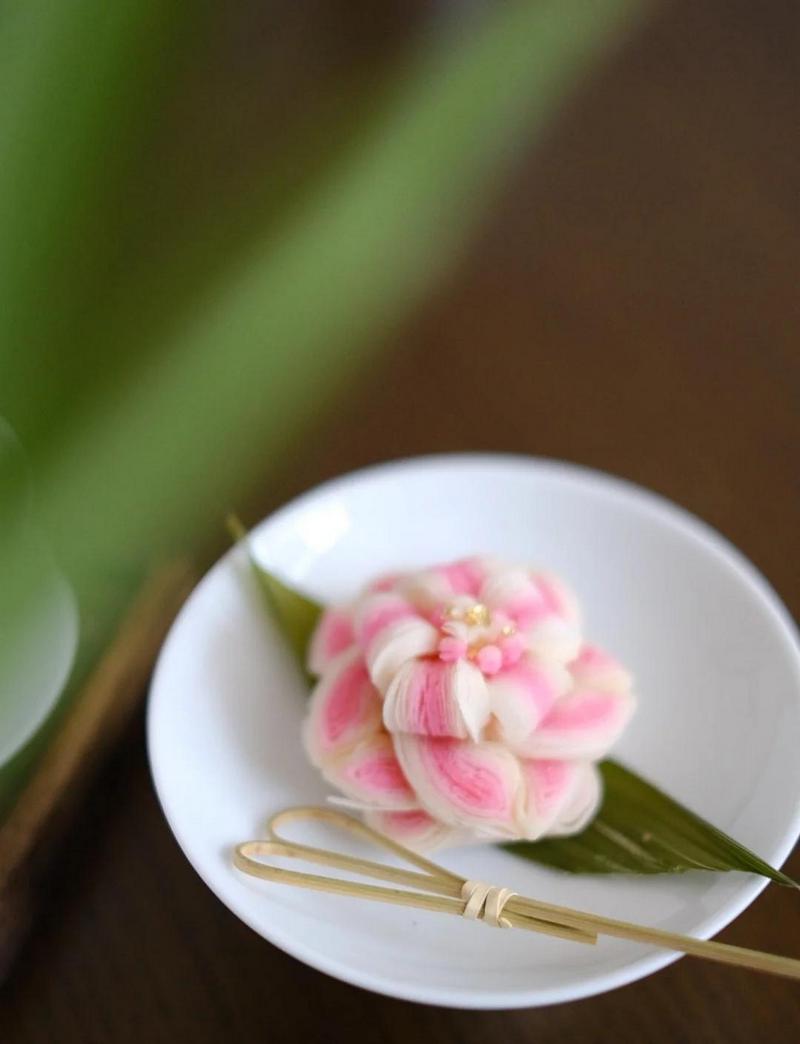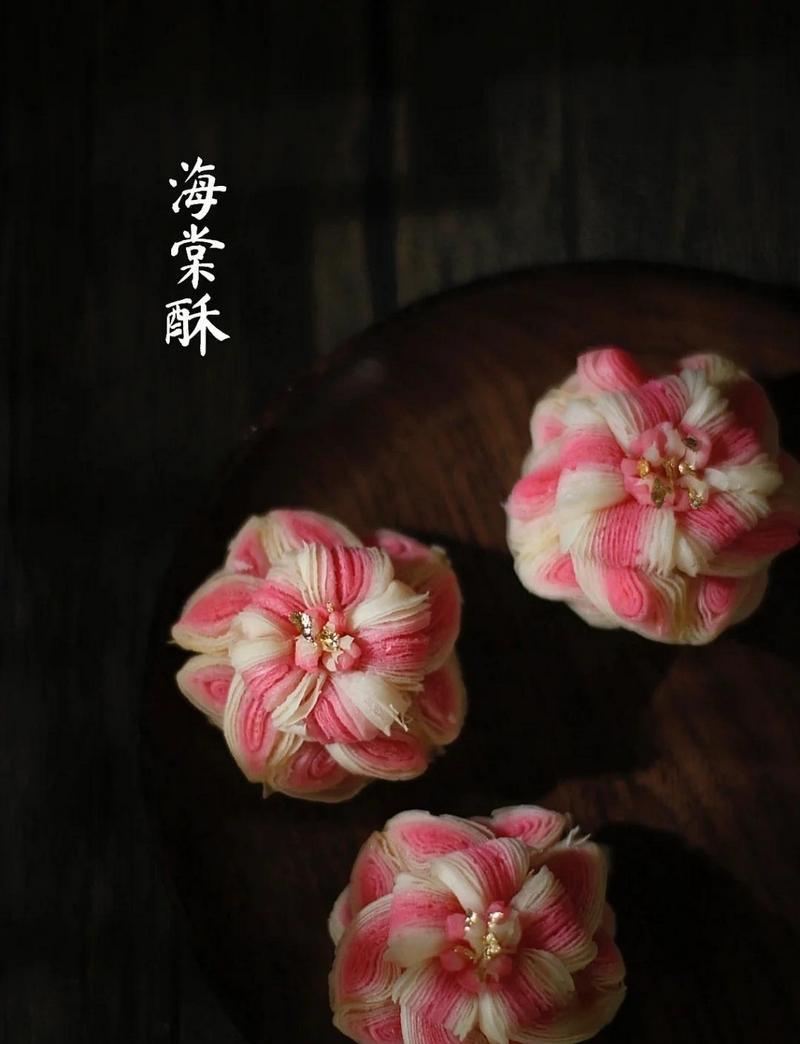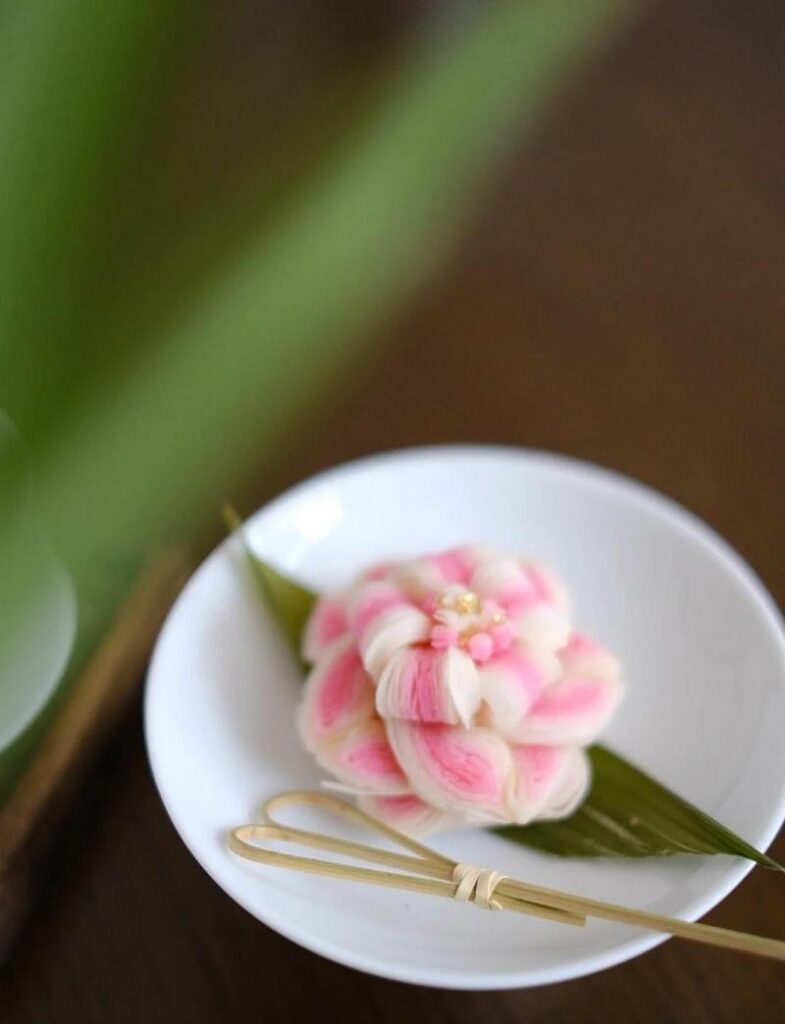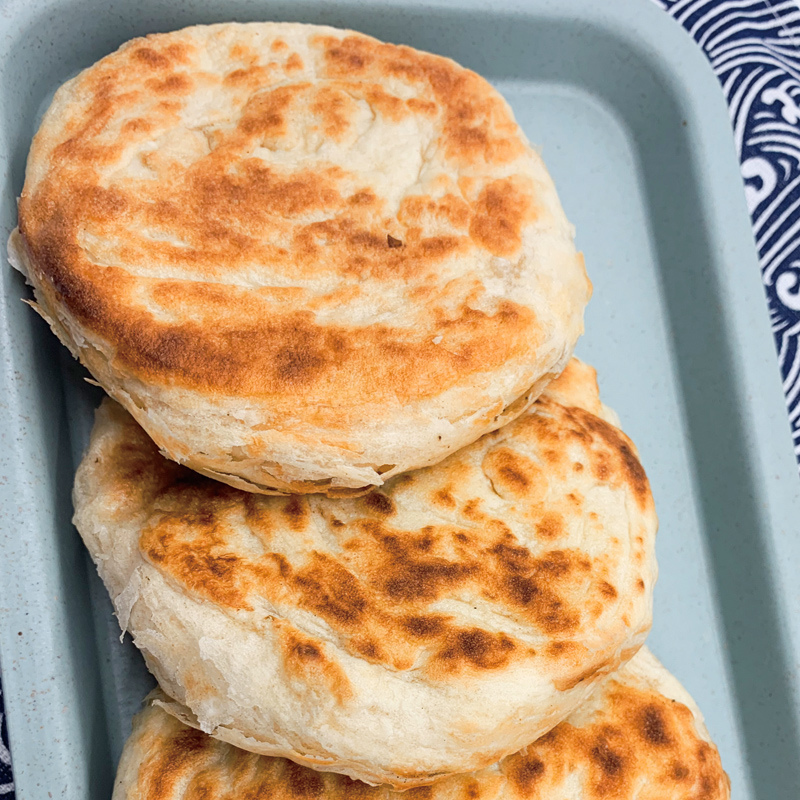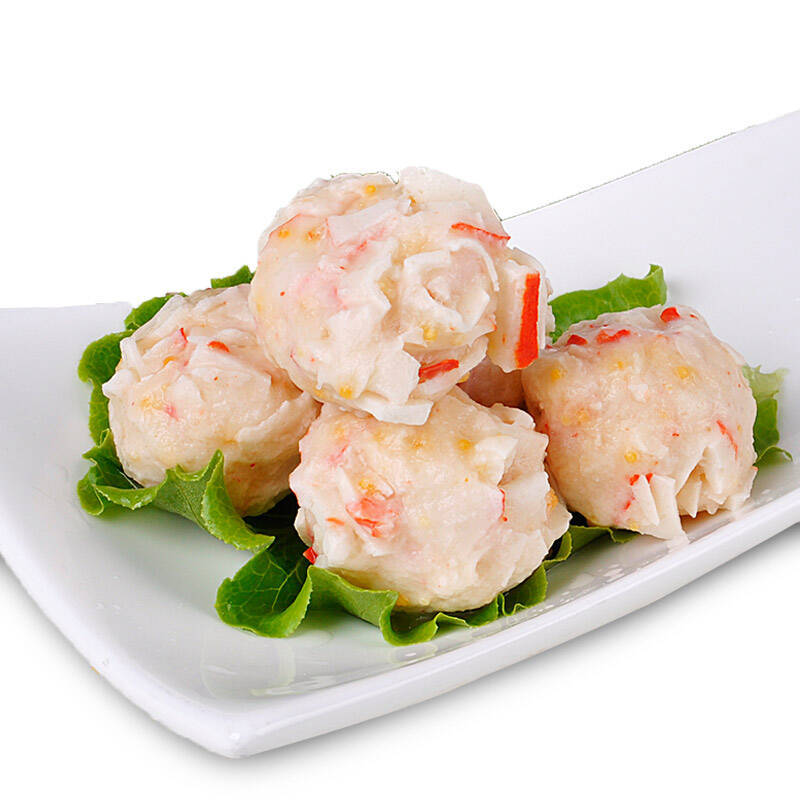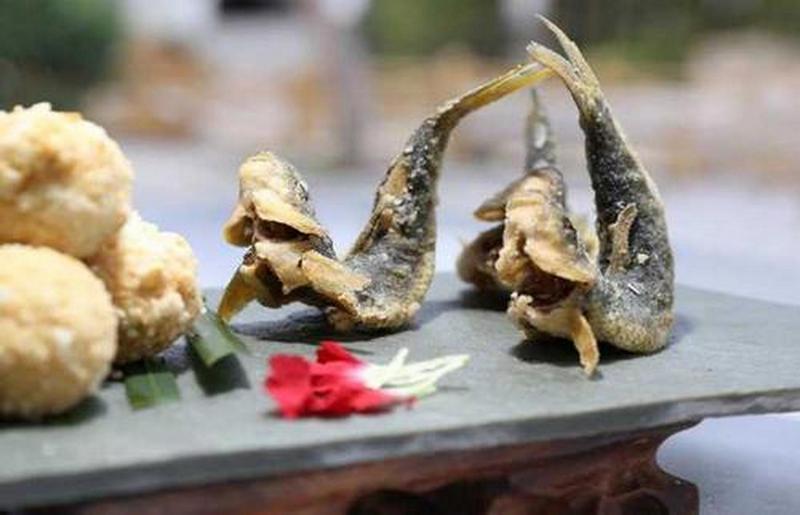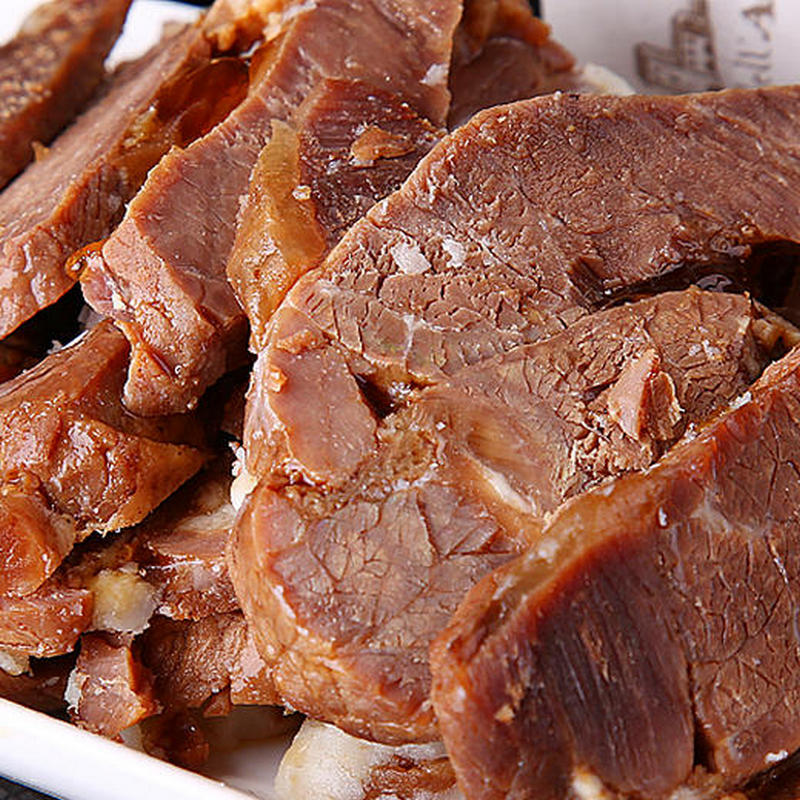Taishan Haitang Pastry: A Bite of Mountain Magic
Nestled in the mist-shrouded peaks of Mount Tai—China’s “Most Revered Mountain” and a UNESCO World Heritage Site—lies a culinary gem that captures both nature’s bounty and human craftsmanship: Taishan Haitang Pastry (泰山海棠酥). More than just a dessert, this delicate, flower-shaped treat is a symbol of local identity, blending history, tradition, and the unique flavors of China’s sacred mountain. Let’s unwrap its story.
A Sweet Slice of History: From Mountain Temples to Modern Tables
Haitang Pastry (literally “Begonia Pastry”) traces its roots back to the Ming Dynasty (1368–1644 CE), when Taishan was a pilgrimage hub for emperors, scholars, and devotees. Local bakers, aiming to create a portable yet luxurious snack for travelers, crafted this pastry using ingredients readily available in the mountainous region. Its name comes from the begonia flower—a symbol of prosperity and resilience in Chinese culture—reflecting the mountain’s enduring spirit.
Over time, Haitang Pastry became a staple at Taishan’s temple fairs, village festivals, and family gatherings. Today, it remains a cherished “memory of home” for locals and a curiosity for visitors eager to taste Mount Tai’s heart.
What Makes Haitang Pastry Irresistible? Flavor, Texture, and Mountain Charm
Haitang Pastry is a masterclass in balance—crisp yet tender, sweet but not cloying, with layers that sing of skillful craftsmanship. Here’s what sets it apart:
1. Flaky, Laminated Dough: The Art of “Thousands of Layers”
The pastry’s signature flakiness comes from a time-honored technique: laminating dough. Dough is rolled and folded repeatedly with cold sesame oil, creating hundreds of thin, buttery layers. When baked, these layers puff up like golden waves, crumbling gently at the touch—unlike mass-produced pastries, which often feel dense or greasy.
2. A Filling That Tells a Story
Traditional Haitang Pastry is filled with red bean paste (红豆沙) or jujube (red date) paste (枣泥)—ingredients cherished in northern Chinese desserts for their natural sweetness and warming properties. For a modern twist, some bakers add roasted peanuts, sesame seeds, or even dried mountain berries (like Taishan goji berries), infusing the filling with a nutty, earthy depth unique to the region.
3. The “Haitang” Shape: Beauty in Tradition
Each pastry is molded into the shape of a blooming begonia flower using hand-carved wooden molds—some passed down through generations of bakers. The five-petaled design isn’t just decorative; it symbolizes the “five blessings” (longevity, wealth, health, virtue, and a peaceful death) in Chinese culture, making it a thoughtful gift for festivals or family milestones.
Behind the Scenes: How Haitang Pastry is Made
Watching a master baker craft Haitang Pastry is like watching a dance—every step is deliberate and rhythmic. Here’s a peek at the process:
- Dough Preparation: High-gluten wheat flour is mixed with cold water and a splash of rice wine (for elasticity). The dough rests for an hour to relax the gluten, ensuring it’s easy to roll.
- Lamination: The dough is rolled into a thin rectangle, spread with sesame oil (or a mix of oil and flour for extra flakiness), then folded like an accordion. This process is repeated 6–8 times, creating hundreds of layers.
- Resting Again: The laminated dough rests briefly to allow the layers to set, preventing them from sticking during baking.
- Filling & Shaping: A spoonful of red bean or jujube paste is placed in the center of the dough. The baker then folds the edges inward, pinching them to seal, and presses the pastry into a haitang flower mold.
- Baking: The pastries are baked in a wood-fired oven (or a modern oven mimicking its heat) at 180°C (350°F) for 15–20 minutes, until their edges turn golden and crisp.
Why You Should Try Taishan Haitang Pastry
- Cultural Immersion: Every bite tells a story of Mount Tai’s history, from its role as a pilgrimage site to the ingenuity of local bakers.
- Unmatched Flavor: Unlike generic “Chinese pastries,” Haitang Pastry’s layered texture and mountain-inspired fillings offer a uniquely authentic experience.
- Perfect for Gifting: Packaged in traditional paper boxes or bamboo baskets, Haitang Pastry makes a thoughtful souvenir for friends or family—proof that you’ve sampled the soul of Taishan.
Final Thoughts
Taishan Haitang Pastry isn’t just food; it’s a journey through time and tradition. Whether you’re hiking Mount Tai, exploring local markets, or simply craving a taste of China’s heart, this flaky, flower-shaped delight is waiting to delight your senses.
